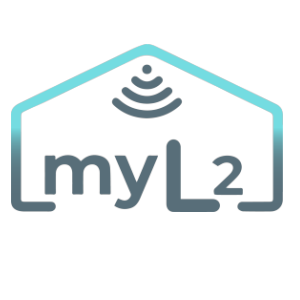- What is HomeKit?
- We choose compatible devices
- Install the Home App
- We add the devices to the smart HomeKit system
- We make other devices compatible via Homebridge
- We control the intelligent system by voice
Even if we do not know exactly who is the winner in the battle between iOS and Android, or between Siri, Alexa and Google Assistant, we certainly know that each side has millions of users and, accordingly, each deserves our attention.
Today we will turn to the Apple HomeKit and the creation of a smart system, the integration of compatible devices, as well as those that are not natively compatible.
What is HomeKit?
For Apple users and fans, the HomeKit is the starting point for home or office automation. If we want to control the heating and cooling systems, the lights, the access and much more directly from the mobile phone, HomeKit offers us everything we need to experience the comfort brought by smart technology.
We choose compatible devices
Whether we want to automate the whole house or just the lighting system, we will need smart devices, compatible with the Apple system. These are easy to identify, on the box of each product being inscribed “Works with HomeKit”, which means that we can easily integrate them into our smart system.
Install the Home App
Apple Home App can be found in the iOS store and allows us to control directly from the mobile phone the connected devices but also to organize the system as we want. We can group devices according to rooms, areas to create automation scenarios.
We add smart devices to the smart HomeKit system
To add a new device we must make sure that it is turned on, either it connects directly to the socket or with the help of batteries. The next step is to open the Home application and press “+” in the right corner. Here we will find several options to make the connection, including scanning a QR code from the device box, if available. To complete this process, we are going to choose the room that the device will be part of (eg Kitchen, Living) and the type (Fan, Outlet, Bulb, etc.).
We make other devices compatible with the help of Homebridge
This is, as the name implies, a “bridge” between the smart system and other devices that are not natively compatible with HomeKit. It can be installed on any computer (macOS, Windows, Linux, Raspberry Pie) that will need to run without interruption to work. That is why we recommend installing on a Raspberry Pie to keep energy consumption low.
We control the intelligent system by voice
Through Siri we will have voice control, making this an even more interesting experience once our home becomes a “partner” with whom we can talk. It is not currently available in Romanian, but basic English words such as “Hey Siri, turn on the Kitchen light” will be enough to control devices.
Create scenes and automation rules
The Home App allows us to create automation scenes, thus grouping our devices at will, so that we can control their activity according to the time or other conditions set by us: temperature, humidity, brightness, motion detection, door / window sensor status etc.
So, Apple is not far behind in the Smart Home chapter and, through HomeKit technology, manages to increase the comfort level of users who have a multitude of compatible devices or which will become compatible through Homebridge.

